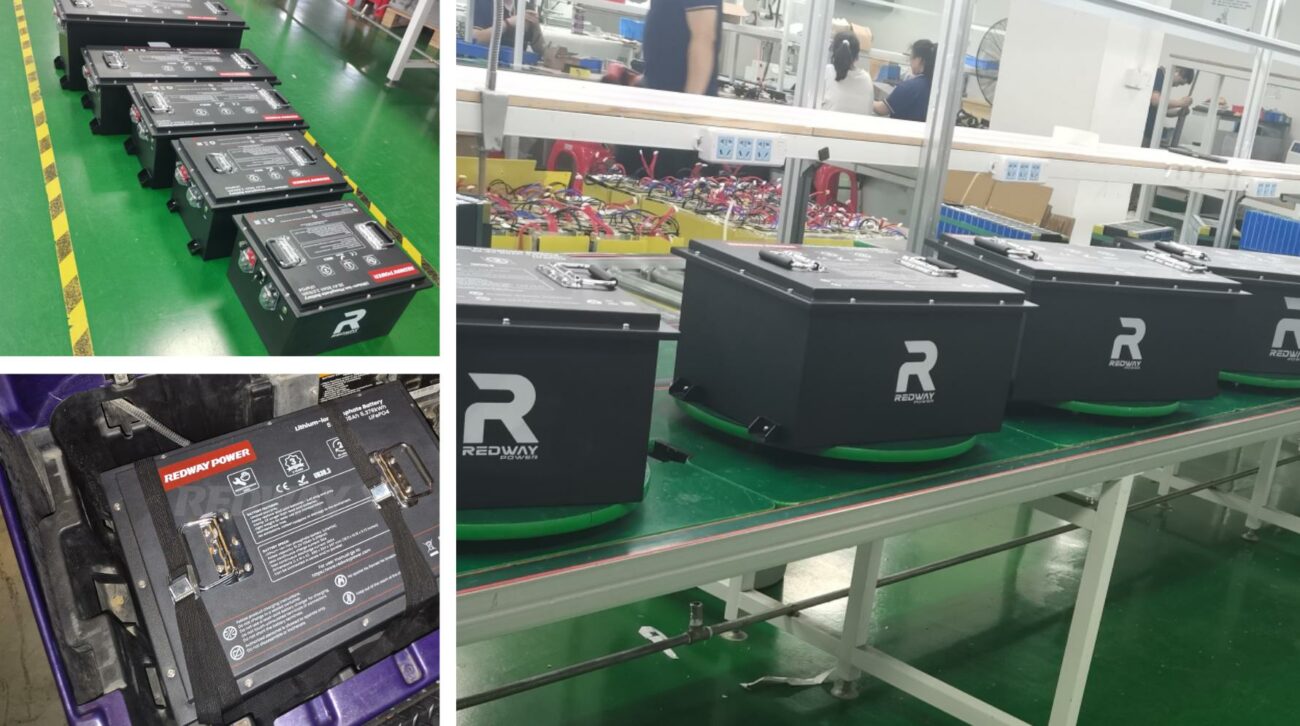A 36-volt golf cart battery charger replenishes the energy in your golf cart’s battery system efficiently. Key factors to consider when purchasing include compatibility with your battery type (lead-acid or lithium), charging speed, safety features like auto-shutoff, and warranty. Prioritize models with smart technology to prevent overcharging and ensure longevity. Prices range from $150 to $600, depending on features and brand reliability.
What Are the Different Types of 36 Volt Golf Cart Battery Chargers?
Three primary types exist: manual chargers, automatic chargers, and smart chargers. Manual chargers require user monitoring, while automatic models stop charging when full. Smart chargers optimize charging cycles using microprocessors, extending battery life. Lithium-ion-compatible chargers are also available, offering faster charging and lighter weight compared to lead-acid options.
Manual chargers are often the most affordable but demand constant supervision to avoid overcharging. They’re suitable for users who prefer hands-on control. Automatic chargers simplify the process by shutting off when batteries reach full capacity, making them ideal for casual users. Smart chargers represent the pinnacle of technology, adjusting charge rates based on battery temperature and voltage levels. For lithium batteries, specialized chargers maintain precise voltage thresholds to prevent cell degradation. Below is a comparison of charger types:
| Charger Type | Average Charge Time | Best For |
|---|---|---|
| Manual | 8-12 hours | Budget-conscious users |
| Automatic | 6-8 hours | General-purpose use |
| Smart | 4-6 hours | Lithium/lead-acid hybrids |
How Does Charger Compatibility Affect Battery Longevity?
Using an incompatible charger can damage batteries. Lead-acid batteries require chargers with equalization modes, while lithium batteries need constant voltage/current regulation. Mismatched chargers cause undercharging or overcharging, reducing battery lifespan by up to 50%. Always verify voltage (36V) and chemistry specifications before purchasing.
Lead-acid batteries rely on periodic equalization charging to balance cell voltages, a feature absent in most lithium chargers. Conversely, lithium-ion batteries require chargers that deliver a steady voltage without spikes. Using a lead-acid charger on lithium batteries can cause thermal runaway, while the reverse results in incomplete charging. For example, Trojan lead-acid batteries lose 30% capacity if charged with a lithium-specific model. Below are common compatibility issues:
| Mismatch Scenario | Result |
|---|---|
| 48V charger on 36V system | Battery swelling/overheating |
| Lithium charger on lead-acid | Sulfation buildup |
| Non-equalizing charger | Reduced battery capacity |
Which Safety Features Are Critical in a 36 Volt Charger?
Auto-shutoff, reverse polarity protection, and thermal sensors are essential. Auto-shutoff prevents overcharging, while reverse polarity protection safeguards against incorrect cable connections. Thermal sensors adjust charging rates to avoid overheating. UL certification ensures compliance with safety standards, reducing fire risks.
What Are the Cost Factors for a 36 Volt Golf Cart Charger?
Cost depends on charger type, brand reputation, and advanced features. Basic manual chargers start at $150, while smart chargers with lithium compatibility exceed $500. Warranty length (1–5 years) and after-sales support also influence pricing. Bulk purchases or refurbished units may offer savings but verify reliability.
How Do You Maintain a 36 Volt Golf Cart Battery Charger?
Regularly clean the charger’s connectors, store it in a dry location, and avoid exposing it to extreme temperatures. For lead-acid batteries, ensure water levels are maintained. Periodically check for firmware updates in smart chargers. Inspect cables for fraying and replace damaged parts immediately to prevent hazards.
What Environmental Factors Impact Charger Performance?
Extreme temperatures degrade charger efficiency. High heat increases resistance, slowing charging, while cold temperatures reduce battery receptivity. Humidity corrodes connectors, and dust clogs ventilation ports. Use chargers in shaded, well-ventilated areas and store them in moisture-proof containers when not in use.
Expert Views
“Investing in a smart charger with adaptive algorithms is non-negotiable for modern golf cart owners. Brands like Lester Electrical and Delta-Q optimize charging based on battery health, which can extend lifespan by 20–30%. Always prioritize safety certifications—UL and ETL listings are the industry gold standard.”
— Redway Power Solutions Engineer
Conclusion
Selecting the right 36-volt golf cart battery charger requires balancing cost, compatibility, and safety. Smart chargers, while pricier, offer long-term savings through enhanced battery care. Regular maintenance and adherence to manufacturer guidelines ensure optimal performance. Prioritize reputable brands with robust warranties to safeguard your investment.
FAQ
- Can I Use a 48V Charger on a 36V Golf Cart Battery?
- No. Higher voltage chargers risk overloading and damaging the battery. Always use a charger matching your system’s voltage (36V).
- How Long Does a 36V Golf Cart Battery Take to Charge?
- Charging time varies: 6–8 hours for standard chargers, 4–6 hours for smart models. Depleted batteries may require 10+ hours.
- Are Lithium Batteries Compatible with All 36V Chargers?
- No. Lithium batteries require chargers with specific voltage curves. Use only chargers labeled as lithium-compatible to avoid damage.



